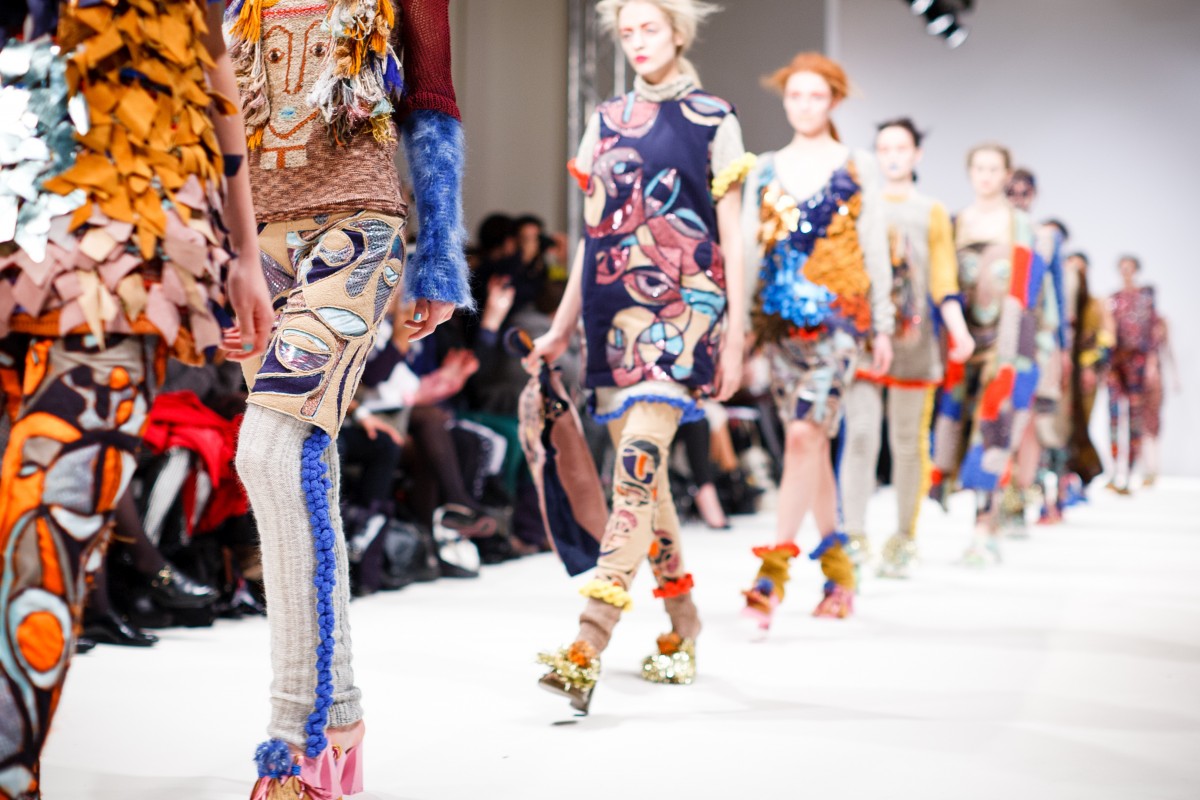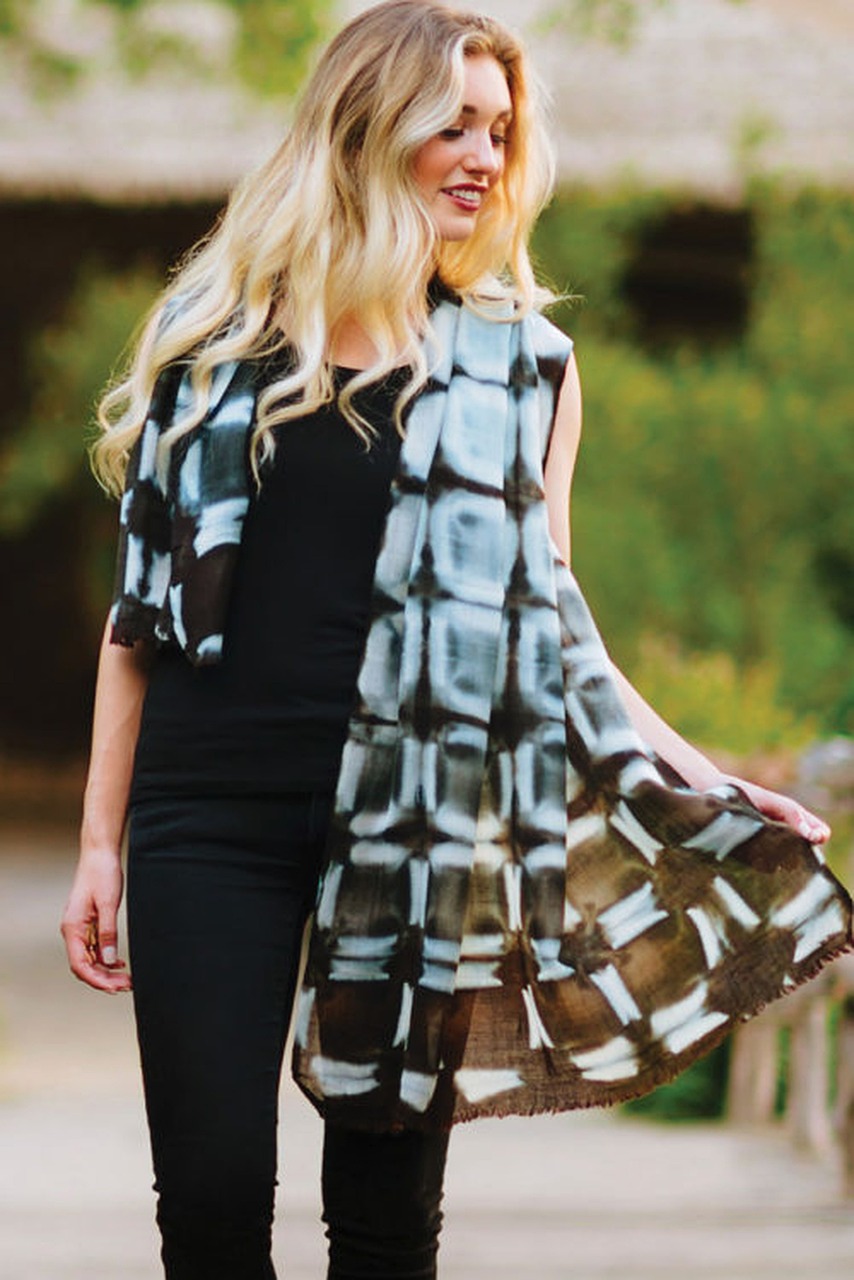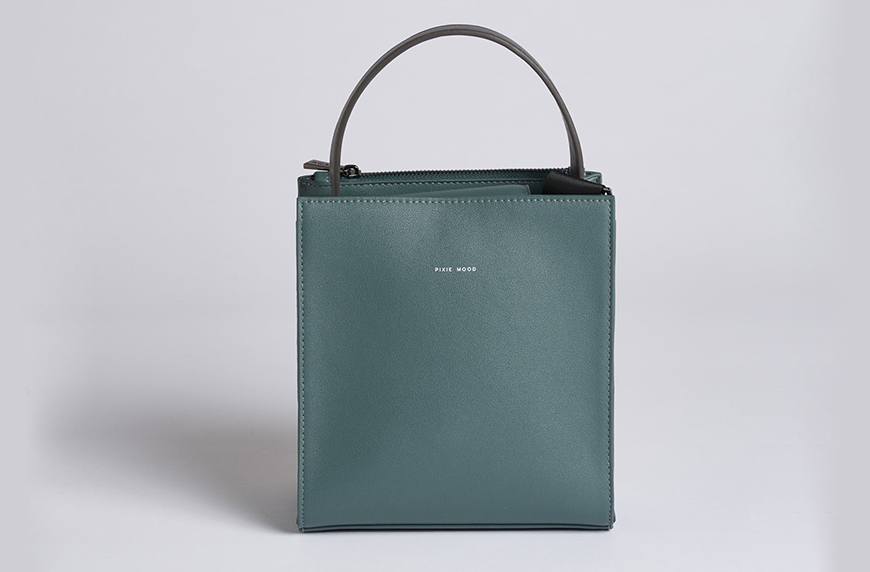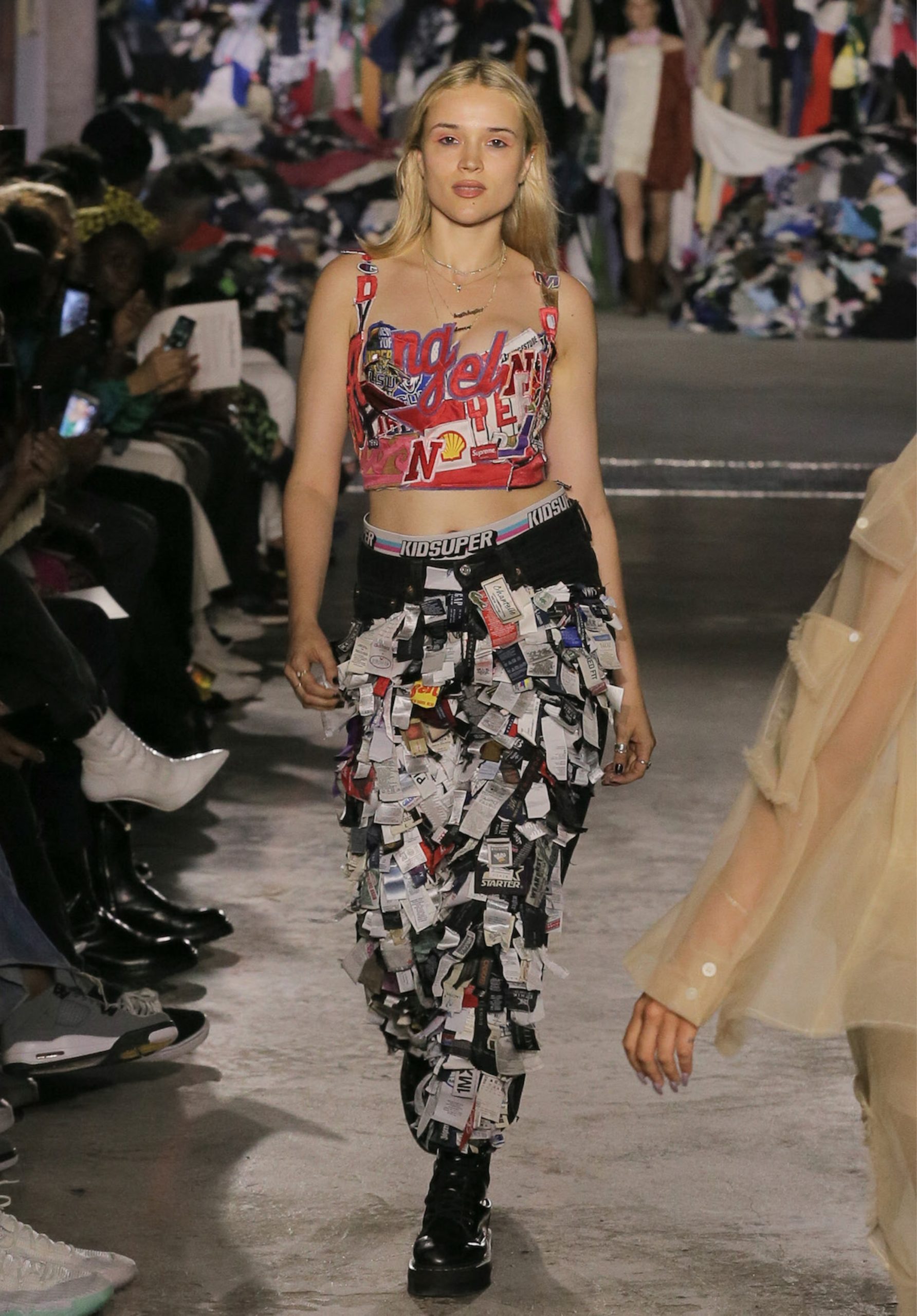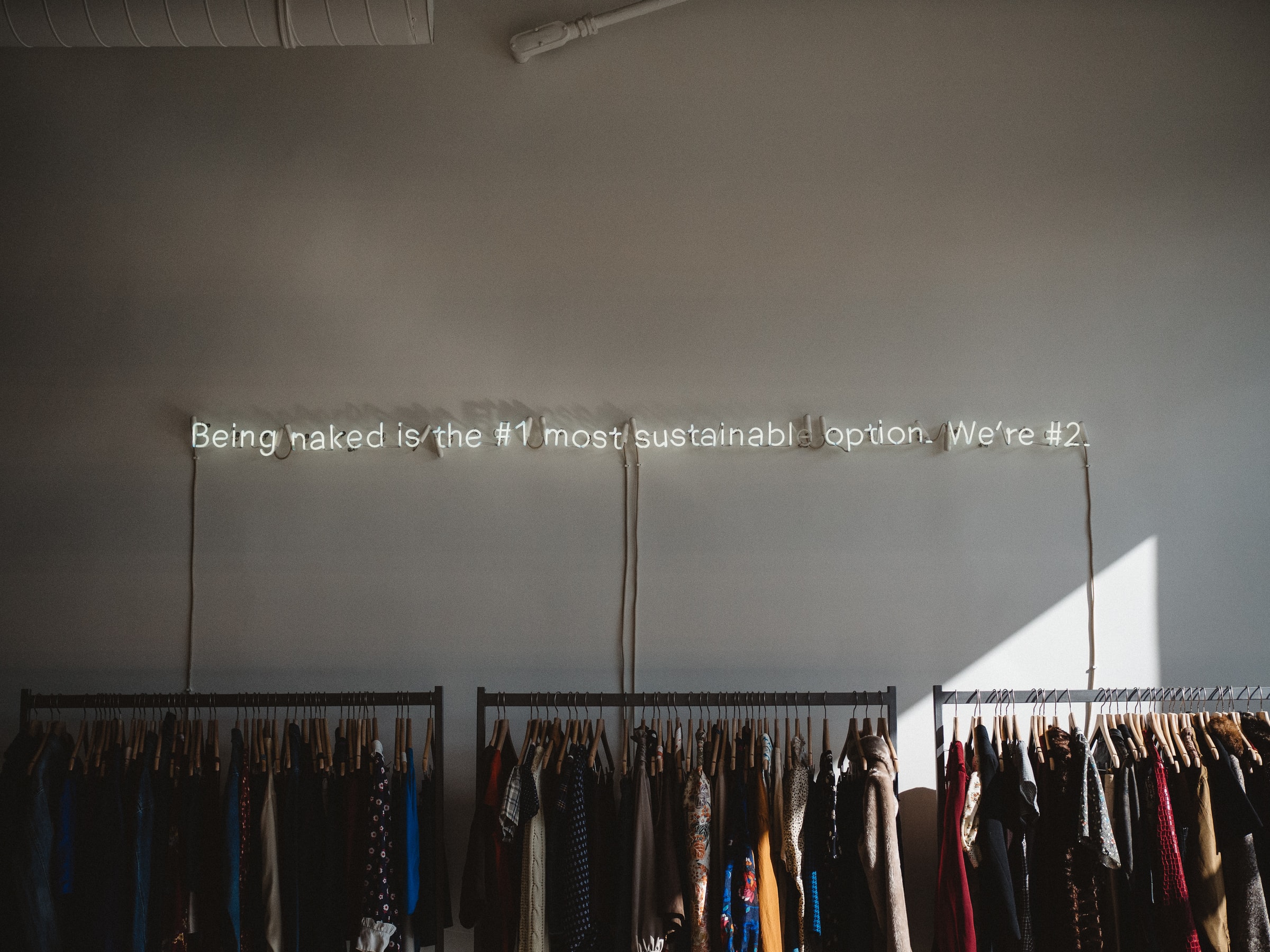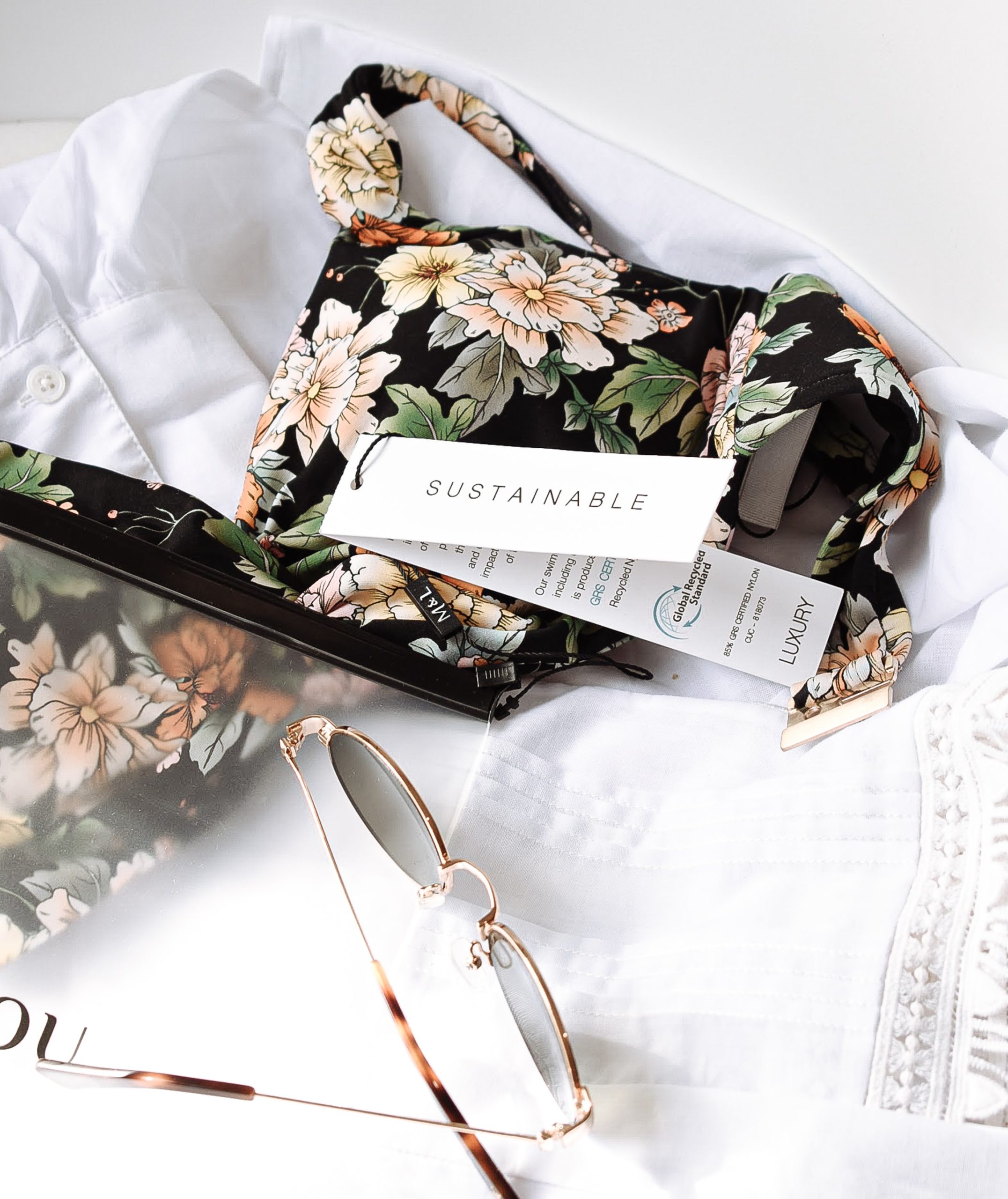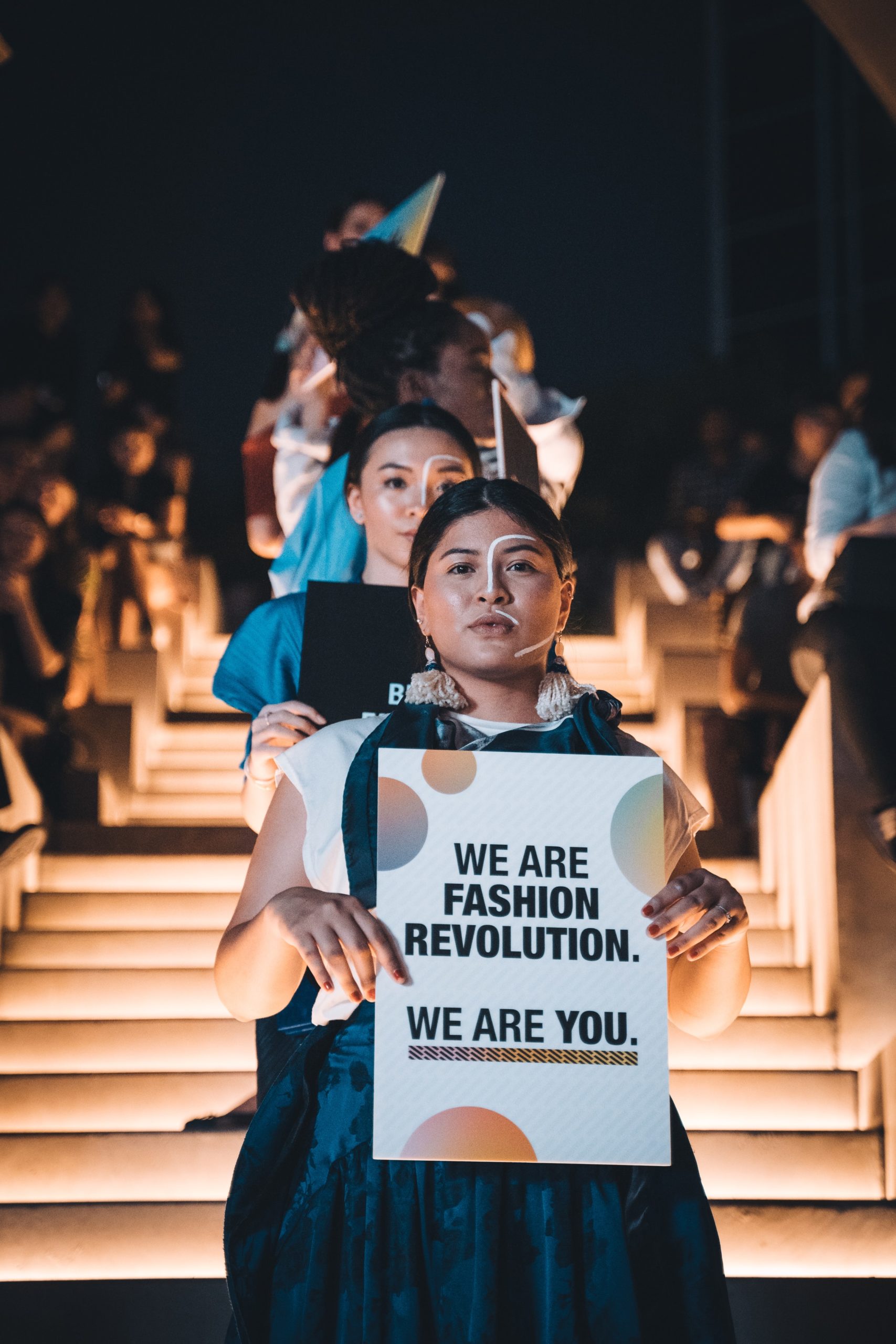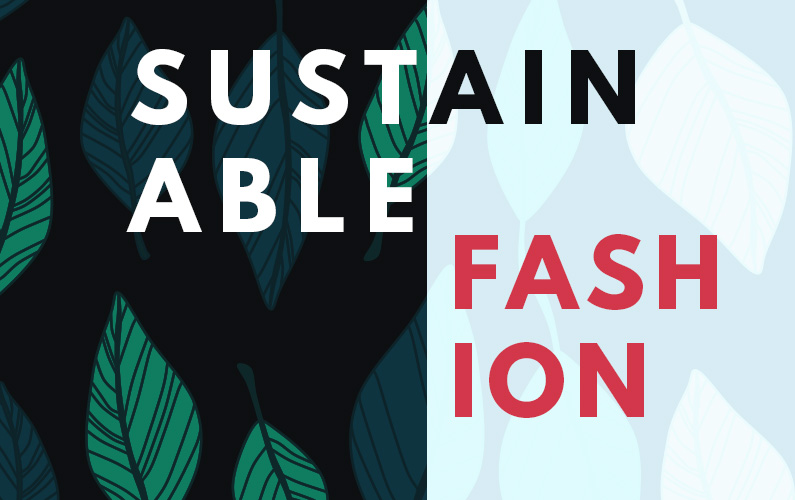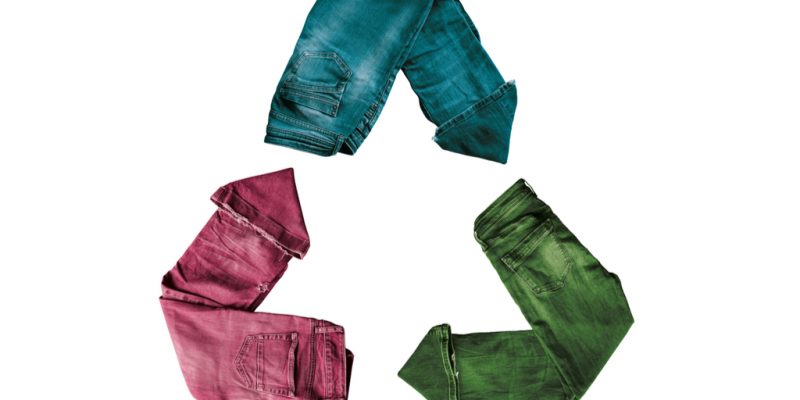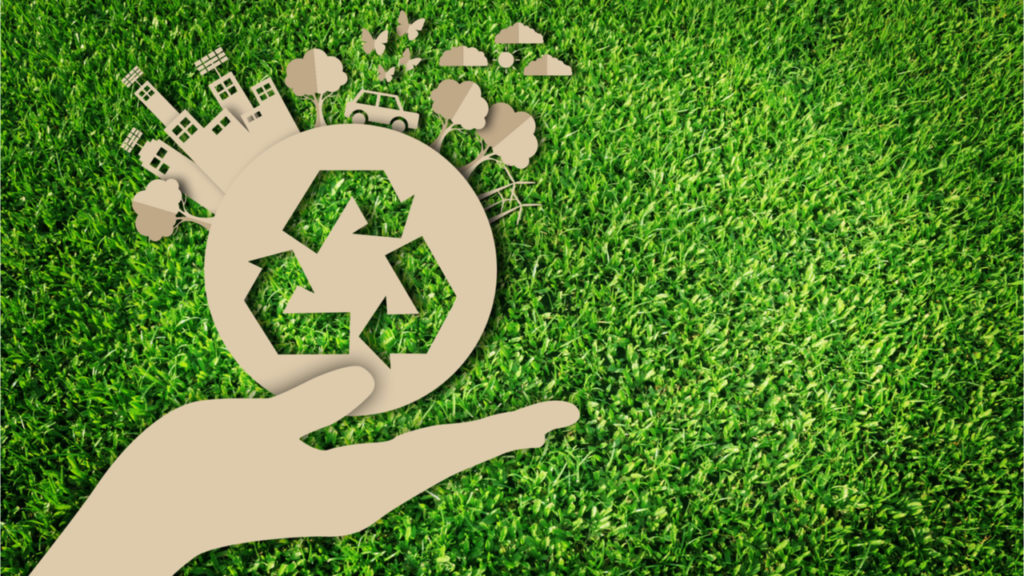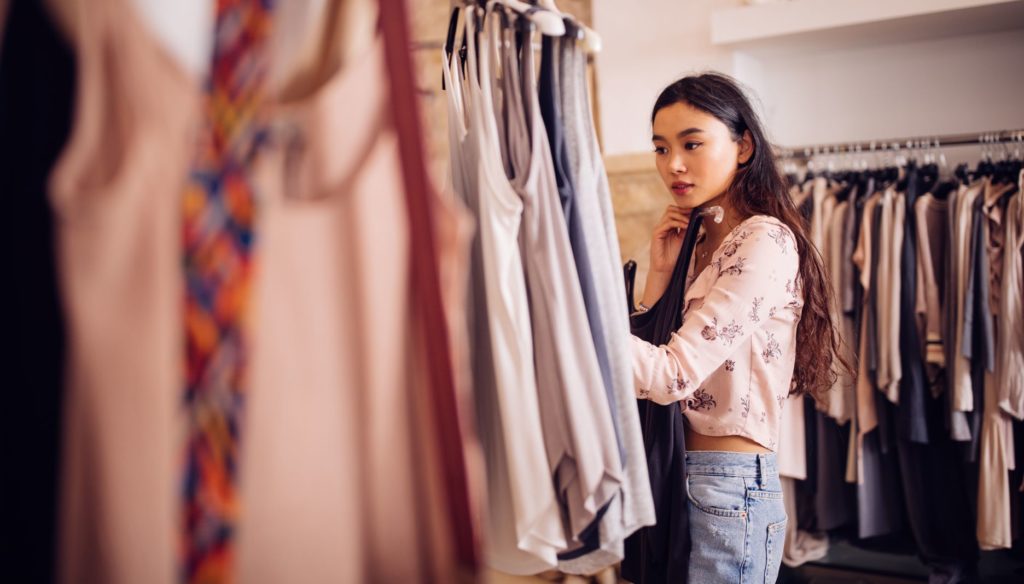Unleashing the Potential of Pet Fibers
A Furry Revolution in Sustainable Fashion
In the pursuit of eco-friendly and sustainable fashion, a unique trend is making its mark – utilizing dog hair to create clothing. This innovative approach not only reduces waste but also introduces a new dimension to the concept of repurposing materials for the sake of fashion and sustainability.
Dog hair, often considered a nuisance during shedding seasons, has found a surprising second life as a valuable resource for crafting sustainable clothing. The idea goes beyond mere recycling; it’s about forging a connection between pets and their owners, turning what would be discarded into a unique and personalized fashion statement.
Unraveling the Threads: The Process of Pet Fiber Harvesting
1. The Source: Your Furry Companion
Harvesting pet fibers begins with a readily available source – your furry friend. Shed dog hair, often seen as an annoyance in households, transforms into a valuable resource for crafting sustainable clothing. This unconventional material sourcing adds a personal touch to the garments created, as each piece carries the essence of the beloved pet.
2. Grooming for Good: Collecting the Harvest
Regular grooming sessions become more than just a hygiene routine; they present an opportunity to collect the shed hair. The collected fibers undergo a meticulous process to ensure they are clean, free from allergens, and ready for the transformation into wearable art.
The grooming ritual, once seen as a necessity, becomes a meaningful activity that strengthens the bond between owners and their pets. It’s a shared experience that goes beyond mere upkeep, turning into a collaborative effort to create something beautiful and sustainable.
Crafting with Canine: The Art of Pet Fiber Textiles

1. Spinning Gold from Fur
Skilled artisans embark on a journey to transform dog hair into yarn using traditional spinning techniques. This step is where the magic begins – the creation of a unique textile that carries the essence of the pet. The resulting yarn becomes a canvas, ready to be woven into garments that reflect the individual characteristics of each furry friend.
2. Weaving Stories into Fabric
The yarn undergoes a meticulous weaving process, creating a fabric that tells a story. Each piece becomes more than just a garment; it becomes a canvas on which the tale of companionship, sustainability, and creativity unfolds. The fabric becomes a medium through which the pet’s unique traits and personality are immortalized.
The Paw-ssibilities of Dog Hair Fashion
1. Eco-Conscious Apparel
Embracing dog hair as a textile isn’t just about creating fashionable garments; it’s a statement in favor of eco-conscious practices. The use of this resource minimizes the demand for traditional fabrics, contributing to a reduction in the environmental impact associated with conventional textile production.
2. Customization and Personalization
Dog hair fashion opens the door to a level of customization that goes beyond the ordinary. Each garment becomes a unique piece of art, not just in terms of design but also in the individual characteristics of the material used. It’s a personalized expression of style that deepens the connection between the wearer and their pet.
Embracing a Canine Couture Conclusion
As we delve into the world of transforming dog hair into sustainable fashion, we discover more than just a unique material. It’s a testament to the bond we share with our pets, the creativity of artisans, and a commitment to reducing our ecological footprint.
In conclusion, from shedding to style, the journey of dog hair into sustainable fashion opens up new possibilities for eco-conscious individuals. By incorporating this innovative approach into our fashion choices, we not only make a statement but also contribute to a more sustainable and compassionate industry.
Fashion with a purpose, where every strand tells a tale – the tale of a furry companion turned into wearable art.

